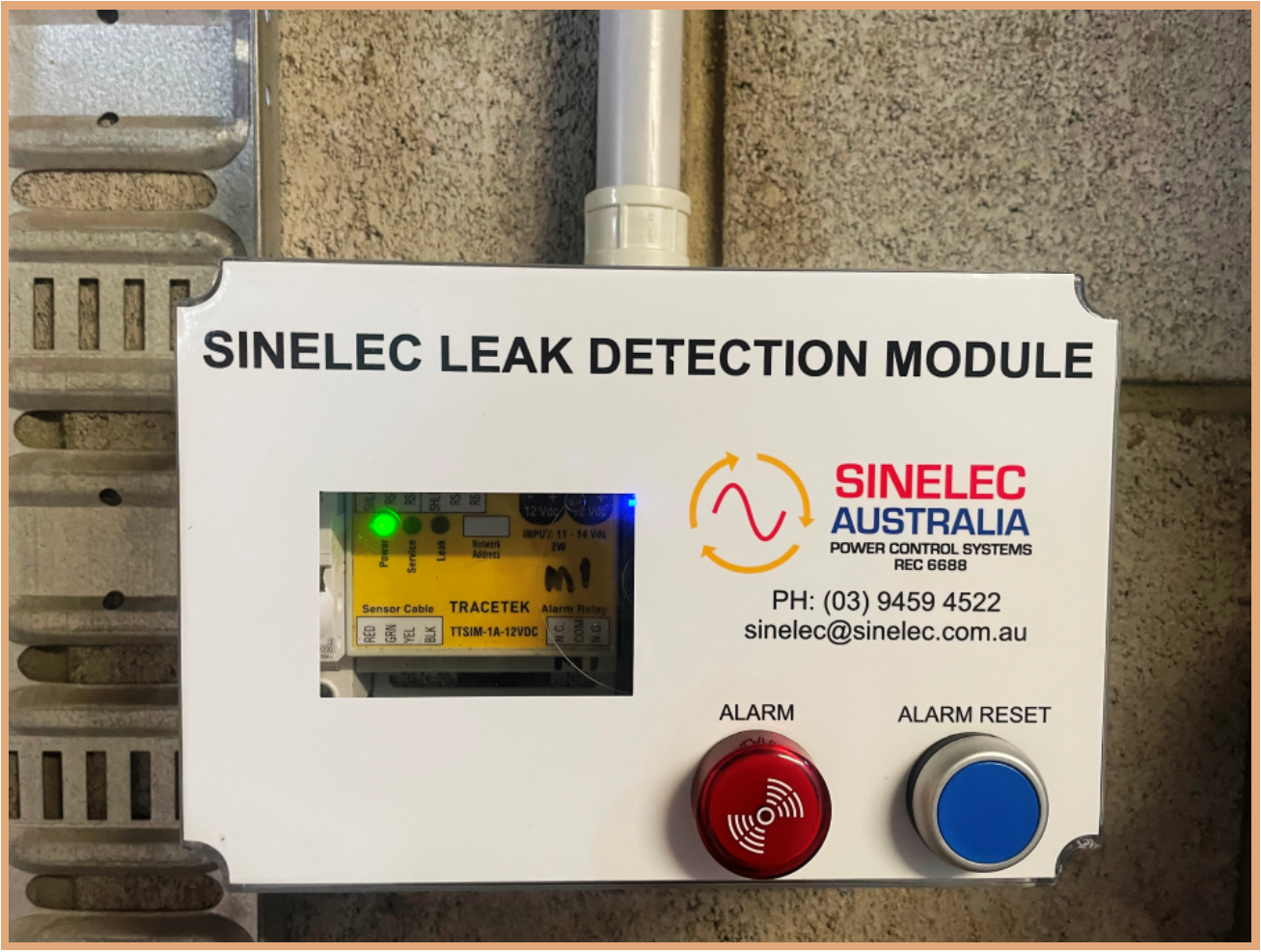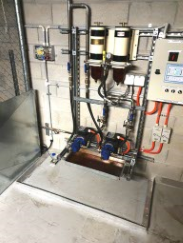Fuel System Leak Detection Installations
Negative environmental impacts can arise from FUEL PUMP SEAL FAILURES, degradation of the DAY TANK vessel, or issues with FLEXIBLE fuel lines connected to generator equipment.
To assist asset owners and facilities managers (FMs), THE FUEL SYSTEM AUDITOR WILL GENERALLY INSPECT THE SITE AND PROVIDE a comprehensive document detailing the system’s condition and potential risks.
INTRODUCTION
Many sites have installed generators as backup for their main electrical supply, powered by diesel engines. In most locations, bulk diesel fuel storage is situated in a basement or ground-floor area, while the generator(s) are often positioned on an upper floor, away from the fuel store. As a result, fuel is pumped throughout the facility.
Often, the fuel storage, generator, and pipework are located in areas that are unattended or seldom visited. When a leak occurs, it may go unnoticed for an extended period, allowing a significant pool of fuel to develop.
The primary objective of early leak detection and shut-off is to minimise fuel spillage inside the building and enable prompt identification of leaks. This ensures that staff are alerted immediately and can take swift action. And where possible integration is made to disable the fuel pumps to prevent further fuel being pumped.
BACKGROUND
Leaks are known to occur in multiple parts of the fuel distribution system, including:
- Fuel transfer pumps
- Day tanks
- Flexible hoses
- Threaded pipe fittings and unions
- Bulk storage tanks
THE SOLUTION
A reliable leak detection system is essential to immediately alert site personnel to the presence of a fuel leak, enabling prompt action to minimise environmental impact. In addition, such a system can be integrated to automatically shut down the fuel distribution system, preventing further leakage.
Key areas where fuel leaks are most likely to occur:
- Main fuel storage tank room
- Fuel pump room
- Generator room floor



